Forthcoming Classroom modules!
Junior High meets Moss
Anita Antoninka is currently teaching a semester long module for a 7th grade science class in Flagstaff, AZ which features topics surrounding Syntricia and climate change. Students will be conducting a science experiment, making class posters, and giving video presentations. Forthcoming curriculum plan will be available soon!
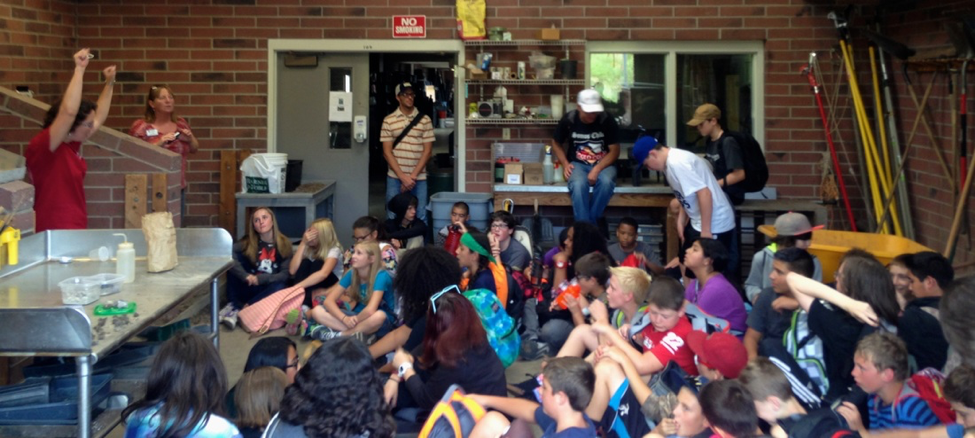
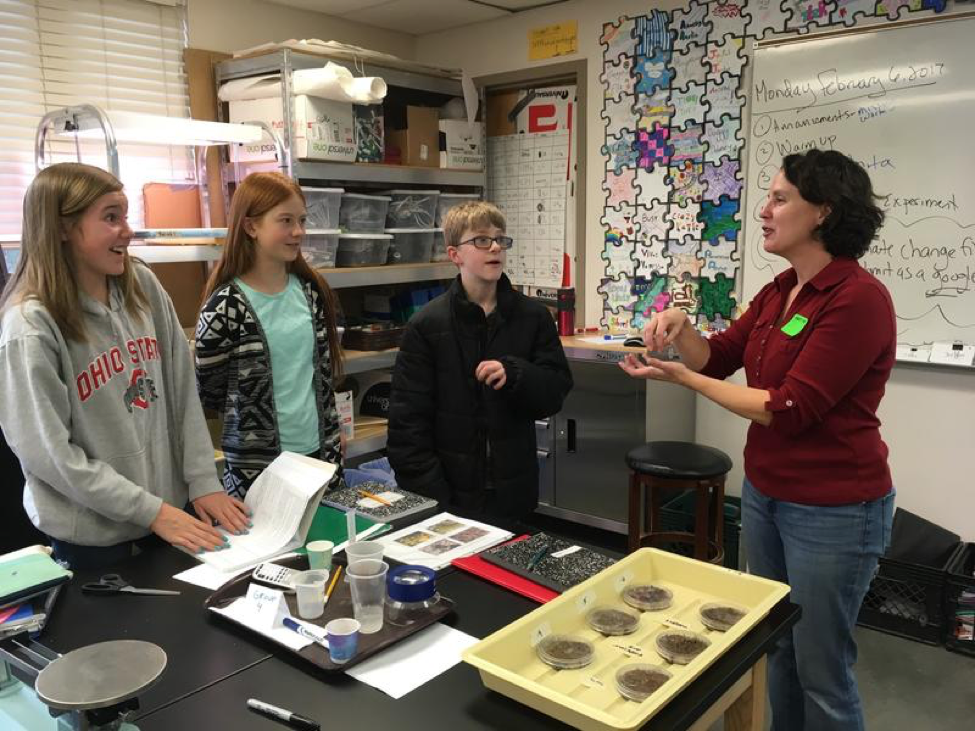
Anita Antoninka working with Flagstaff Northland Preparatory Academy 7th graders on an experiment manipulating the hydration time of Syntrichia spp.
Mosses for High School STEM
The team will develop a 60-minute laboratory-based lesson (PowerPoint and lecture notes) appropriate for secondary or post-secondary science classrooms using STEM-supported active learning to teach central biological themes relevant to biocrusts.
Mosses and/or biocrusts provide exciting classroom specimens because they are readily collected and make beautiful living specimens; their rich morphology and cellular diversity are seen easily with the naked eye, hand lens, and microscope!
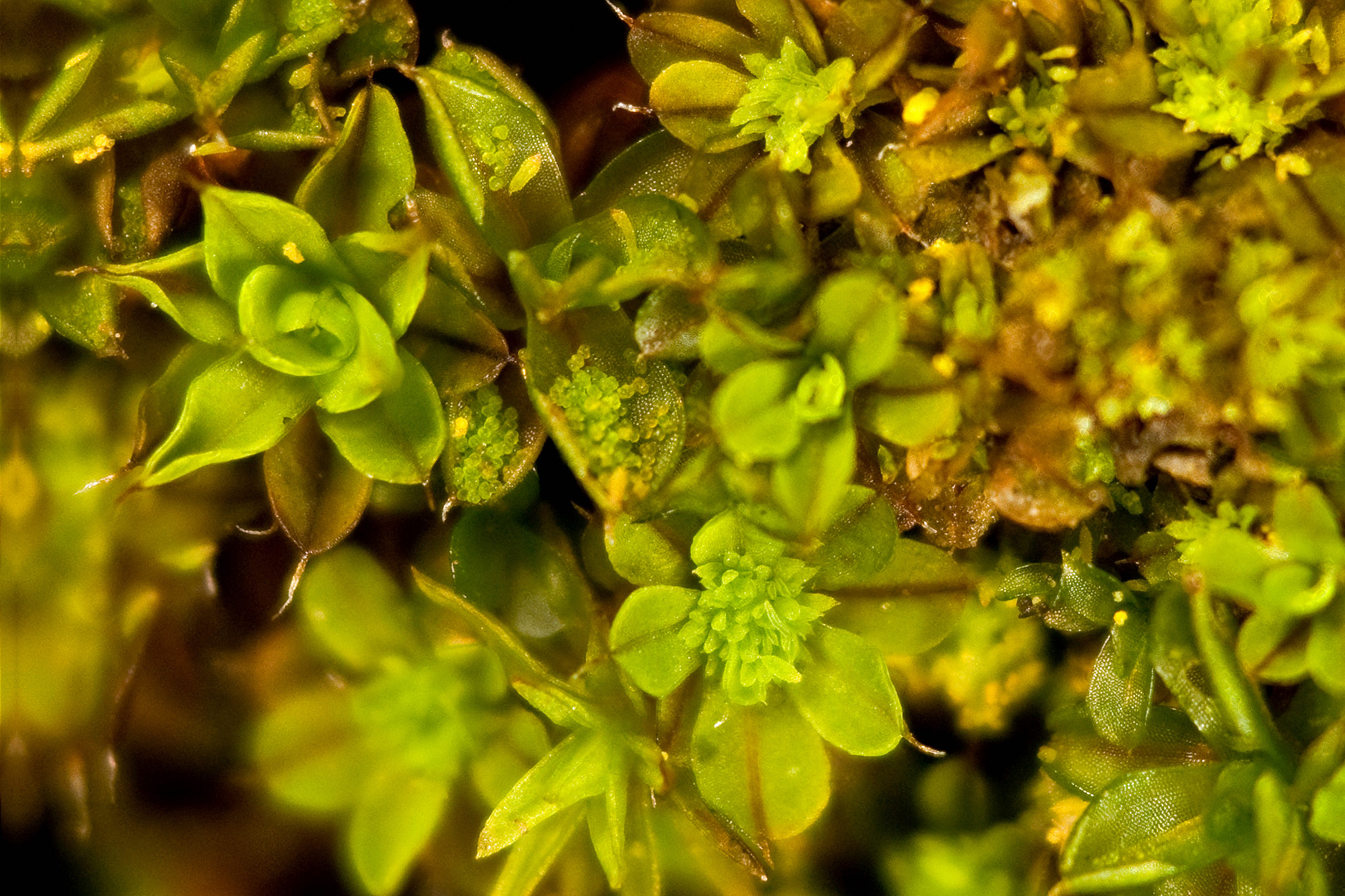
Our lessons will require only several moss/biocrust samples (collected or purchased online) to introduce students to the incredible diversity and ecological roles of biocrusts, while integrating key concepts (e.g., cell structure, photosynthesis, morphological adaptation, poikilohydry, desiccation tolerance, decomposition, nutrient cycling, and food webs).
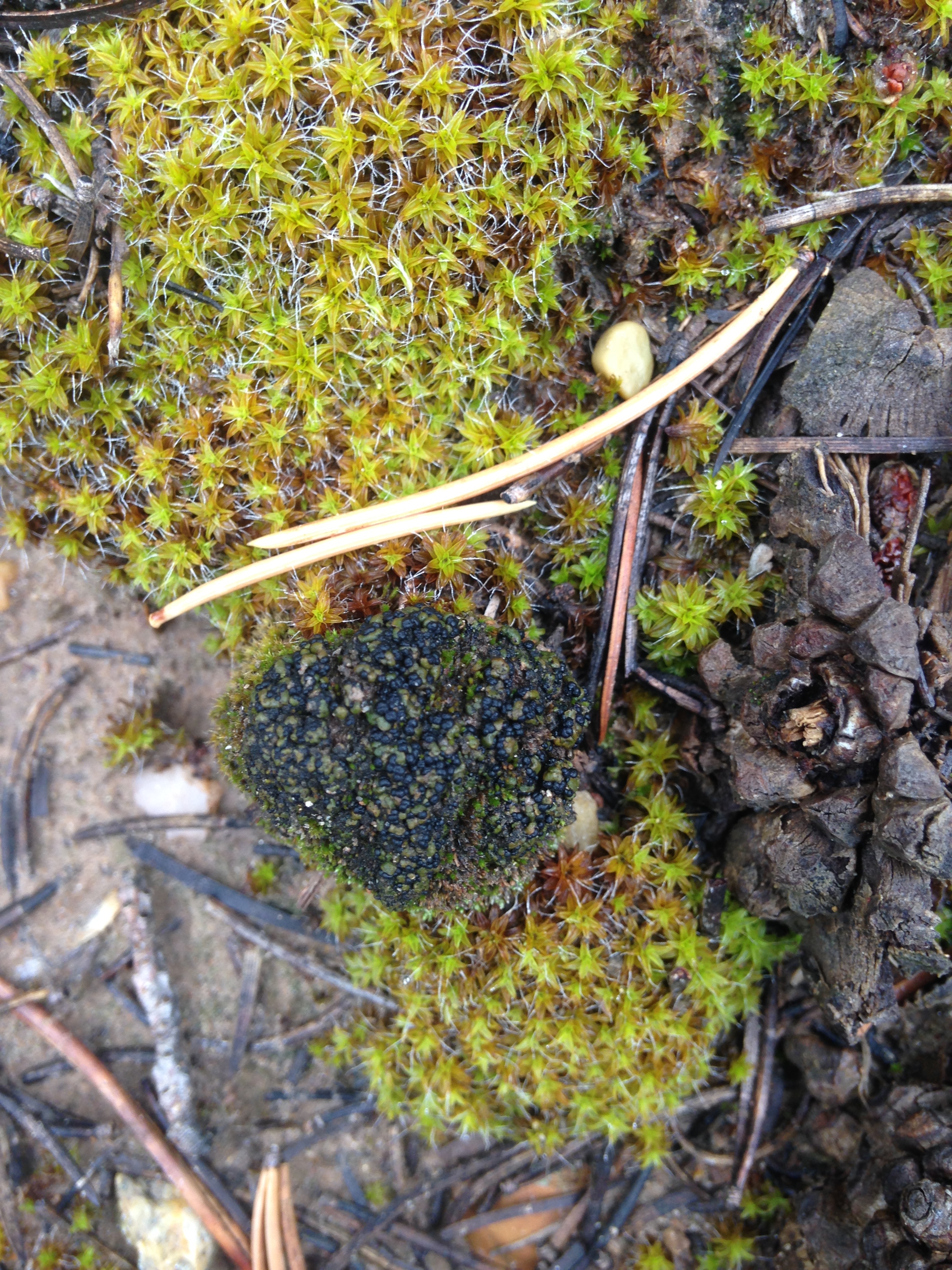
A simple water-relations experiment will give students an opportunity to apply the scientific method as they observe the dry versus wet morphologies of their biocrust/moss specimens and predict which will hydrate and desiccate the most rapidly and why.
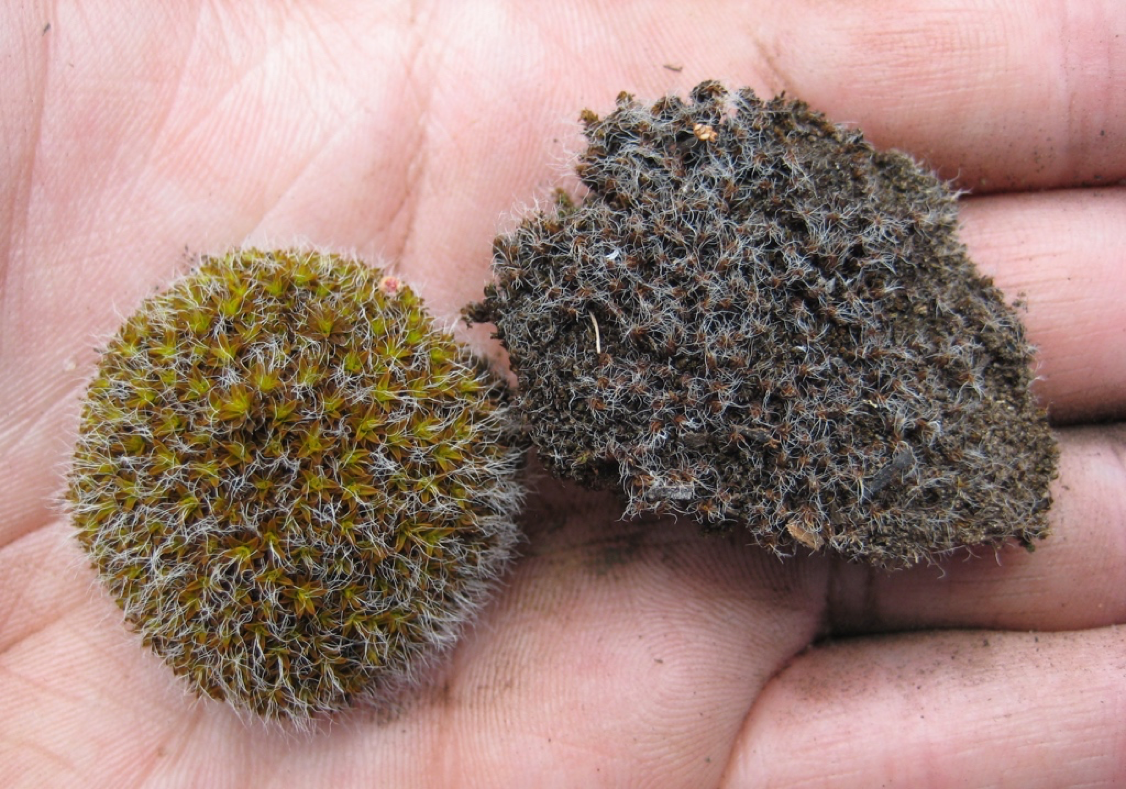
This module will be made available in online forums for educators such as ShareMyLesson (sharemylesson.com/) and Biology4Teachers (biology4teachers.com/).
University Teaching Module
PI Kirsten Deane-Coe is currently developing a lecture + lab module for an upper division undergraduate Plant Physiology Course that focuses on desiccation tolerance in mosses. Check back this spring for materials: three 110-min lectures and one 3-hr lab period including inquiry-based research projects and data analysis. All PPTs, primary literature resources, class outline, and R code will be available for download!